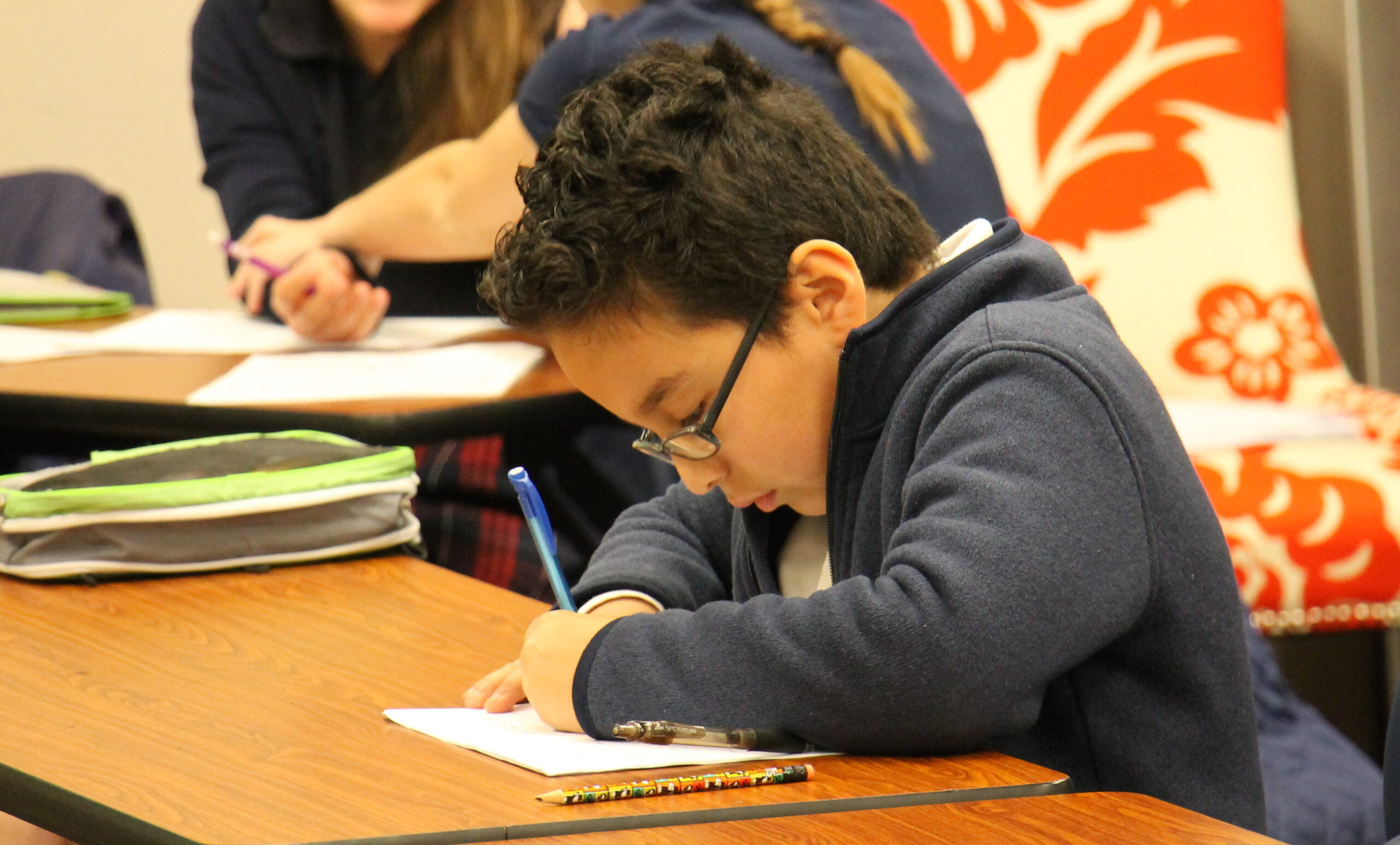
Nobody argues that schools ought to teach Shakespeare because it helps students to write office memos. Yet many argue that schools ought to teach Pythagoras because it helps students to become engineers. While engineering and other STEM fields are certainly noble endeavors, would it not be a shame to say that any student who becomes a lawyer, librarian, poet, or plumber cannot benefit from a mathematics education?…





